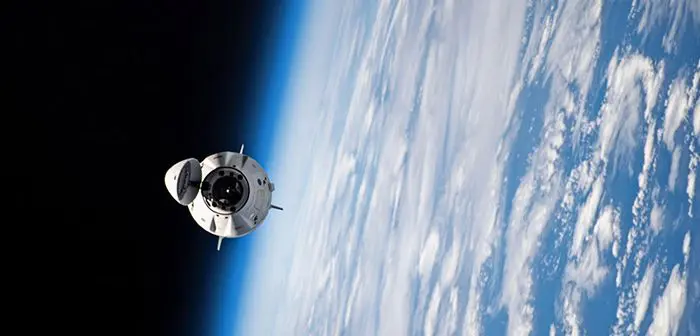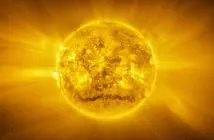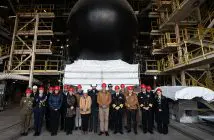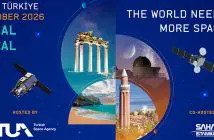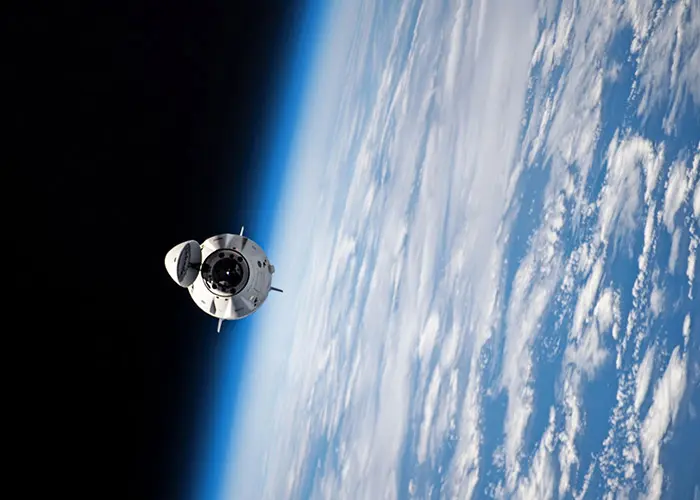
NASA and its international partners are set to receive scientific research samples and hardware as a SpaceX Dragon spacecraft departs the International Space Station on December 6, 2024 (AEDST) for its return to Earth.
The Dragon spacecraft will undock from the forward port of the space station’s Harmony module and fire its thrusters to move a safe distance away from the station after receiving a command from ground controllers at SpaceX.
After re-entering Earth’s atmosphere, the spacecraft will splash down off the coast of Florida.
Dragon will carry back to Earth thousands of pounds of supplies and scientific experiments designed to take advantage of the space station’s microgravity environment. Splashing down off Florida enables quick transportation of the experiments to NASA’s Space Systems Processing Facility at Kennedy Space Center.
Scientific hardware and samples returning to Earth include GISMOS (Genes in Space Molecular Operations and Sequencing), which successfully conducted in-orbit sequencing of microbial DNA from the space station water system and marks the first real look at the microbial population of the water system.
In addition, SpaceTED (Space Tissue Equivalent Dosimeter) returns to Earth after collecting data on crew radiation exposure and characterises the space radiation environment. The dosimeter is a student-developed technology demonstration and effectively operated for 11 months on station – six months longer than intended because of its success.
Two specimens printed with the European Space Agency’s Metal 3D Printer, will go to researchers for post-processing and analysis. Researchers will compare the specimens printed in microgravity with those printed on Earth. The goal is to demonstrate the capability to perform metal deposition, or the layering of metals, in 3D under sustained microgravity conditions and manufacture test specimens. Researchers aim to understand the performance and limitations of the chosen technology and become familiar with crewed and remote operations of the instrument onboard a space habitat.
Also returning on spacecraft is the International Space Art and Poetry Contest, which invited students and educators worldwide to submit drawings, paintings, or poems. Winning art submissions were printed on station, photographed in the cupola, and will be returned to their creators on Earth.
In addition, Plasmonic Bubbles researchers will observe high-speed video of bubble behaviour in microgravity to understand fundamental processes that occur on a heated bubble surface. Results may improve understanding of how molecules are deposited on bubble surfaces and enhance detection methods for health care and environmental industries.
NASA’s live coverage of undocking and departure begins at 2:50 a.m. (AEDST) on December 6 on NASA+.

